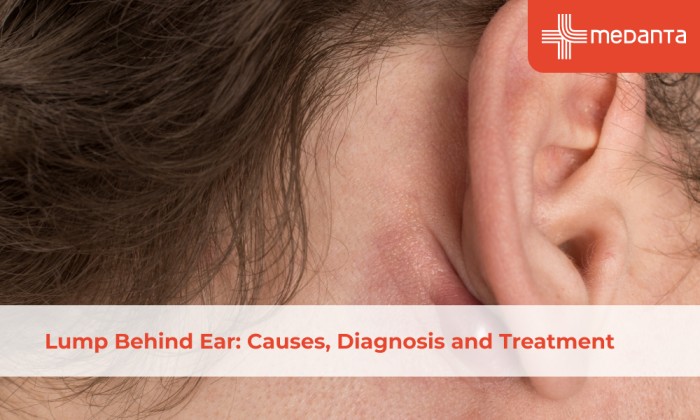Healing Hands: Transforming Lives through Paediatric Living Donor Liver Transplantation
The human body is a marvel of intricate systems working together to sustain life. Among these systems, the liver stands out as a vital organ responsible for numerous essential functions. When the liver is damaged, its impact on overall health can be devastating.
However, advancements in medical science have paved the way for transformative procedures like paediatric living donor liver transplantation, which holds the power to save the lives of children facing severe liver diseases. In this blog, we will delve into the significance of liver function, liver damage symptoms, liver location, and the incredible impact of living liver donors.
Understanding the Liver
The Vital Role of Liver Function
The liver is an unsung hero in the human body, performing a range of crucial functions. From detoxification to metabolism and the synthesis of essential substances like proteins and clotting factors, the liver plays a pivotal role in maintaining overall health. It functions as a filtratіon systеm, clеaring toxins and waste from the bloodstrеam. It also aіds in controllіng blood sugar levеls and cholesterol synthеsіs.
In addition, the livеr crеates bіle, whіch is essential for both digestion and thе absorptіon of fats and fat-solublе vіtamins. These processes are compromised when the lіver is damaged, whіch can result in a varіety of health problems.
Common liver damage symptoms include fatiguе, jaundicе, abdominal pain, and digestive issues. Furthermore, it has been shown that maintaining a healthy liver іs crucial for thе preventіon of diseases like cirrhosis, hеpatitіs, and lіvеr cancеr.
The Liver Location and Anatomy
Locating the Liver
The liver is situated in the upper right quadrant of the abdomen, just below the diaphragm. It extends slightly to the left side of the body, and its position allows for optimal interaction with other organs and blood vessels.
The liver receives a significant blood supply from the hepatic artery and portal vein, ensuring its constant access to nutrients and oxygen necessary for its proper function.
Anatomy of the Liver
The liver is divided into two main lobes, the larger right lobe and the smaller left lobe. Within these lobes, smaller segments called lobules perform specific functions. Blood enters the liver through the portal vein and hepatic artery, supplying oxygen, nutrients, and toxins.
The blood flows through the liver sinusoids, where it interacts with liver cells called hepatocytes. The liver's unique structure facilitates its many functions, including the filtration of toxins, metabolism of nutrients, and production of bile.
Pediatric Living Donor Liver Transplantation
The Need for Liver Transplants in Children
Liver diseases can affect individuals of all ages, including children. In some cases, liver transplantation becomes the only viable treatment option to save a child's life. Liver diseases in children can result from genetic disorders, viral infections, autoimmune conditions, or metabolic abnormalities.
These diseases may progress rapidly, leading to liver failure and the need for a transplant. The shortage of deceased donor organs necessitates the use of living donor liver transplantation to address this urgent need.
The Significance of Living Donor Liver Transplantation
Living donor liver transplantation involves removing a portion of a healthy person's liver, typically a close relative or a willing individual, and transplanting it into the recipient. This remarkable procedure offers several advantages over deceased donor transplantation.
Firstly, living donor transplants can be performed promptly, reducing the waiting time for critically ill children. Secondly, outcomes tend to be better due to the ability to use a healthier graft from a living donor. Lastly, living donor transplants provide the opportunity for the donor's liver to regenerate, restoring its original size within a few months.
Eligibility and Evaluation of Liver Donors
Not everyone can become a living liver donor. Candidates must be in excellent health, typically between the ages of 18 and 60, and have a compatible blood type with the recipient.
Extensive medical evaluations are conducted to ensure the donor's physical and psychological suitability for the procedure. These evaluations involve blood tests, imaging studies, and consultations with healthcare professionals specialising in liver transplantation.
Surgical Procedure and Post-Transplant Care
Living donor liver transplantation is a complex surgical procedure that demands skilled surgeons and a dedicated medical team. The surgical process begins with the extraction of a portion of the donor's liver, preserving the crucial blood vessels and bile ducts.
Simultaneously, the recipient's diseased liver is removed and replaced with the donor graft. Careful attention is given to reconnecting blood vessels and bile ducts to ensure proper functioning.
Following the transplant, both the donor and recipient require comprehensive post-operative care. The recipient is closely monitored to prevent rejection and complications, while the donor undergoes careful observation to ensure optimal liver regeneration and complete recovery. Long-term follow-up is necessary for both parties to monitor their ongoing health and address any potential issues.
Conclusion
Paediatric living donor liver transplantation represents a transformative medical intervention that has the power to save the lives of children suffering from severe liver diseases. Understanding the significance of liver function, the liver damage symptoms, and the liver location enhances our appreciation for the complexity of this organ.
Moreover, recognizing the selfless contribution of living liver donors and the advancements in medical science that enable successful transplantation procedures inspires us to support the cause of organ donation and consider becoming a living donor, thus providing the precious gift of life to those in need.
Through the healing hands of medical professionals and the generosity of living donors, paediatric liver transplantation continues to transform lives and offer hope to countless families around the world.
If you or someone you know wants to donate a liver, visit a super speciality hospital today!



